SIR 2025
Nonvascular Interventions
Scientific Session
Featured Abstract
Percutaneous Cholangioscopy in Practice: Trends and Outcomes from the National Cholangioscopy Registry
.jpg)
Arun Kamireddy, MD, MBBS
Research fellow
Johns Hopkins University School of Medicine, United States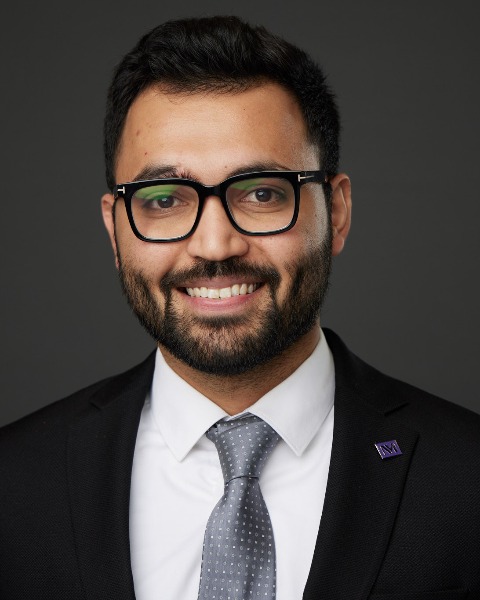
Ali Husnain, MD (he/him/his)
Postdoctoral Research Fellow
Northwestern University, United States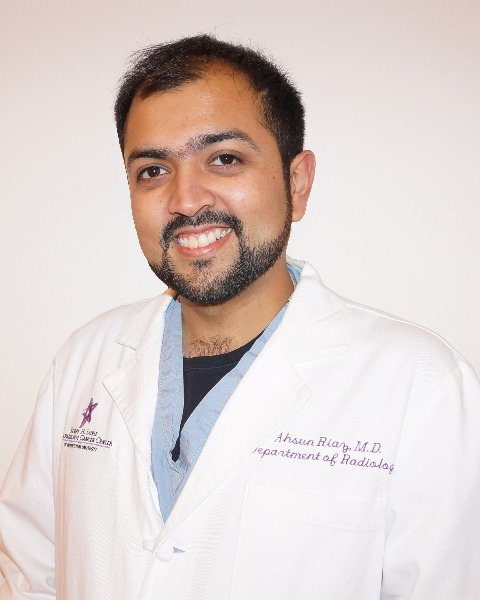
Ahsun Riaz, MD
Interventional Radiologist
Northwestern University, United States- MQ
McKell Quattrone, MD
Interventional Radiology
Pennsylvania State Health, United States - EP
Eric Pauli, MD
Surgeon
Penn State Health, United States - BR
Brett Riedinger, MD
Interventional Radiology Resident
Indiana University School of Medicine, United States - MJ
Matthew Johnson, MD
Interventional Radiologist
Indiana University, United States 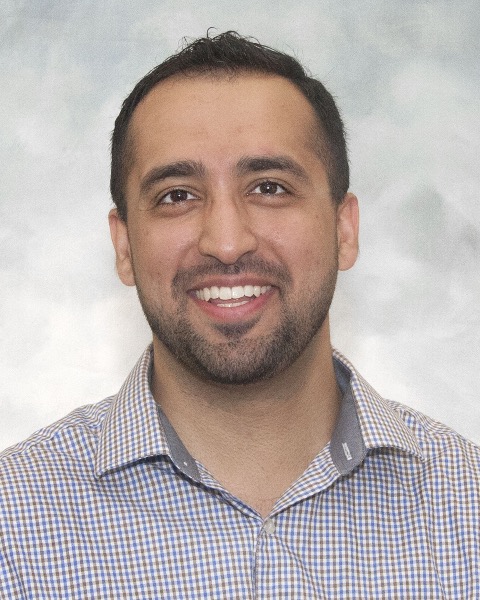
Junaid Raja, MD
Assistant Professor
University of Alabama Birmingham, United States- AG
Andrew Gunn, MD
Vice Chair, Interventional Affairs
University of Alabama At Birmingham, United States 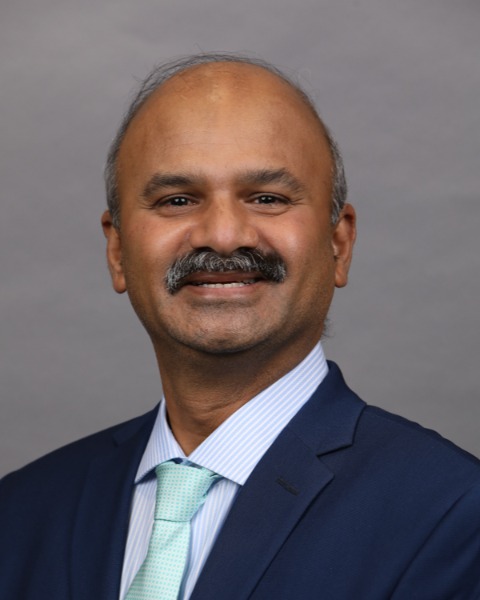
Naganathan Mani, MD (he/him/his)
Associate Professor
Washington University in St. Louis, United States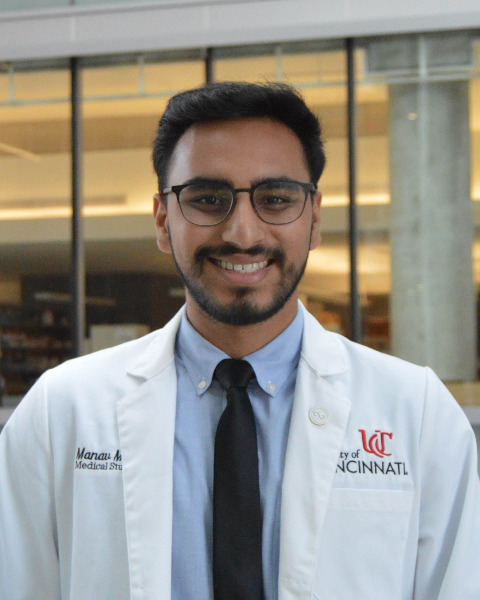
Manav Mathur (he/him/his)
Medical Student
University of Cincinnati College of Medicine, United States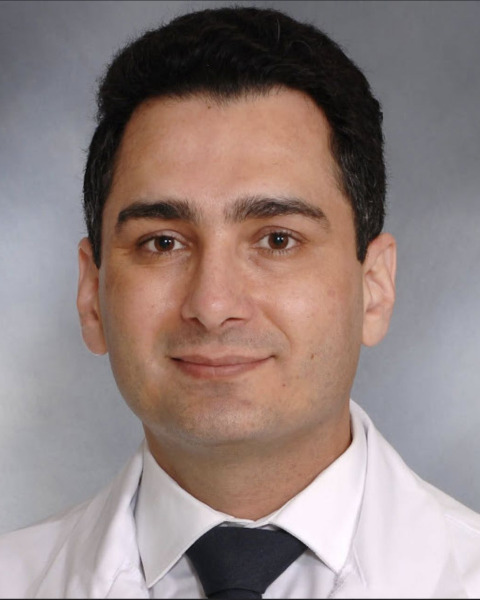
Ali Kord, MD, MPH
Assistant Professor of Radiology
University of Cincinnati Medical Center, United States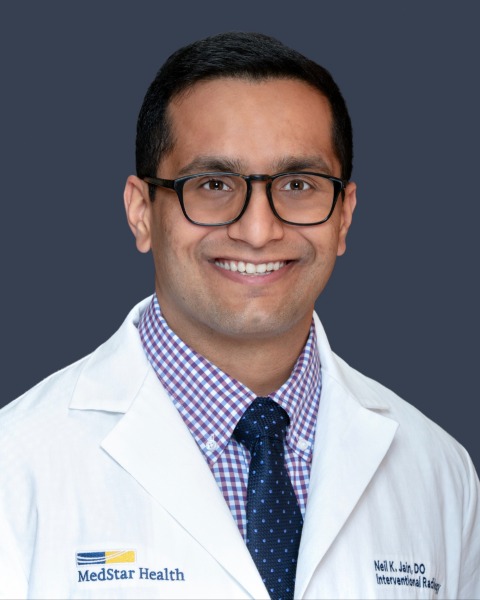
Neil K. Jain, DO (he/him/his)
Integrated Interventional Radiology Resident
Medstar Georgetown University Hospital, United States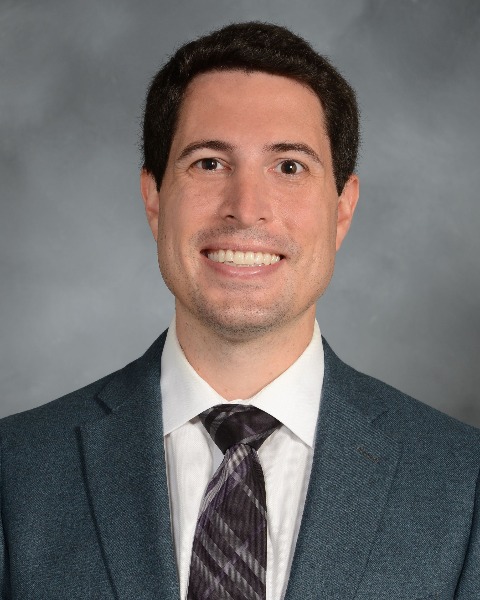
John B. Smirniotopoulos, MD, MS
Assistant Professor of Radiology
MedStar Georgetown University Hospital, United States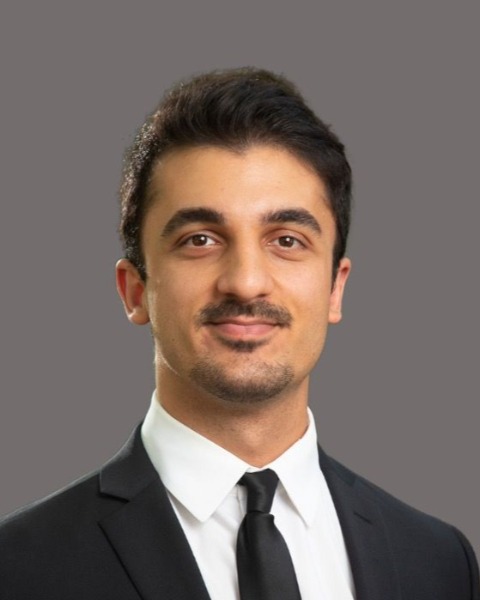
Batis Golestany
Medical Student
University of California, Riverside, School of Medicine, United States- JK
Jonathan Kessler, MD
Interventional Radiology Attending
City of Hope Medical Center, United States - AK
Anvit Kalra-Lall, MD
Research
Cleveland Clinic Foundation, United States 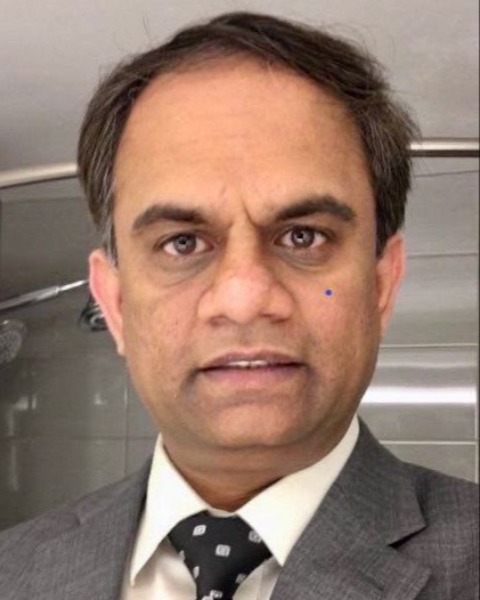
Sameer Gadani, MD, FSIR
Associate Professor and Staff
Cleveland Clinic Foundation , United States- MD
Meredith Durbahn, RN
Research Coordinator
Stanford University School of Medicine, United States - AV
Alexander Vezeridis, MD, PhD
Assistant Professor, Interventional Radiology
Stanford University Medical Center, United States - PT
Premal Trivedi, MD, MS
Associate Professor, Interventional Radiology
University of Colorado Anschutz Medical Center, United States 
Todd Schlachter, MD
Professor of Radiology and Biomedical Imaging
Yale University, United States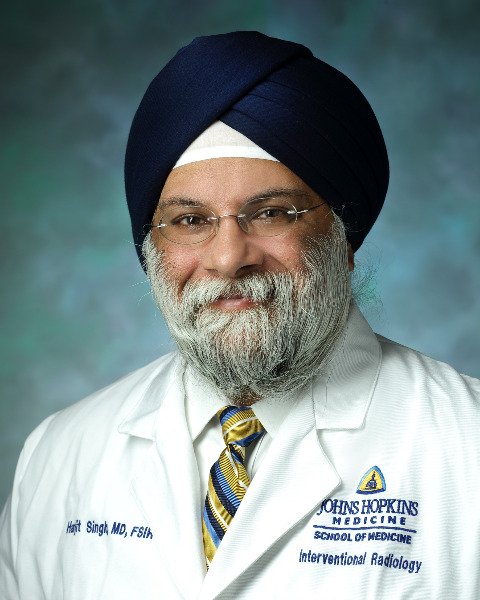
Harjit Singh, MD, FSIR
Professor of Radiology and Radiological Science
Johns Hopkins Hospital, United States
Presenting Author(s)
Author/Co-author(s)
The National Cholangioscopy Registry aims to gather and evaluate multicenter data on the effectiveness, safety, and clinical outcomes of percutaneous cholangioscopy (PCS) to better understand its role in biliary disease management.
Materials and Methods:
Data were collected from 527 patients (851 PCS procedures) across multiple centers. Collected data included patient demographics, pre-procedural imaging, clinical indications, procedural specifics, success rates, complications, and post procedural follow-up, providing a thorough overview of clinical practices and outcomes.
Results:
Registry included 527 patients who underwent 851 PCS procedures, with nearly equal gender distribution (50.7% male, 49.3% female). Most common primary diagnosis were cholelithiasis (n=159), strictures (n=101) and choledocholithiasis (n=87). Biliary decompression was main indication for initial tube placement (n=226). Prior ERCP was reported in 34% of patients (n=179), and 39% (n=205) had prior gastrointestinal surgeries. General anesthesia was used in 37.3% (n=317) of procedures, while monitored anesthesia care (MAC) was used in 24.8% (n=211). The primary reasons for PCS were stone management (n=439) and strictures (n=115), with successful lesion visualization in 90.5% procedures. Access to biliary system was most commonly via right bile ducts (n=269) and transhepatic GB body (n=175). Reusable scopes were used in 383 procedures, while disposable scopes were used in 365. Additional devices such as laser/EHL lithotripsy were used in 294 procedures for stone fragmentation, and ablation was used in 73 for stricture treatment. Mean procedural time was 109.9 minutes, and mean fluoroscopy time was 16.8 minutes. Technical success (successful access and visualization of stones/lesions) was achieved in 97.1% (n=804). Procedural success (stone removal, stricture dilatation, or biopsy) was achieved in 94.4% (n=778), and clinical success (symptom or lab improvement) was observed in 86.4% (n=542). Complications occurred in 3.6% (n=31) of cases, mostly mild to moderate, with 9 requiring intervention. Tube removal was successful in 71.8% (n=329), indicating favorable post-procedural outcomes.
Conclusion:
The Cholangioscopy Registry highlights the efficacy, safety, and evolving role of PCS in managing complex biliary conditions, demonstrated by high technical, procedural, and clinical success rates. Registry data offers valuable insights into procedural effectiveness and emerging clinical trends, guiding future improvements in patient care with an evidence-based approach.


.jpg)